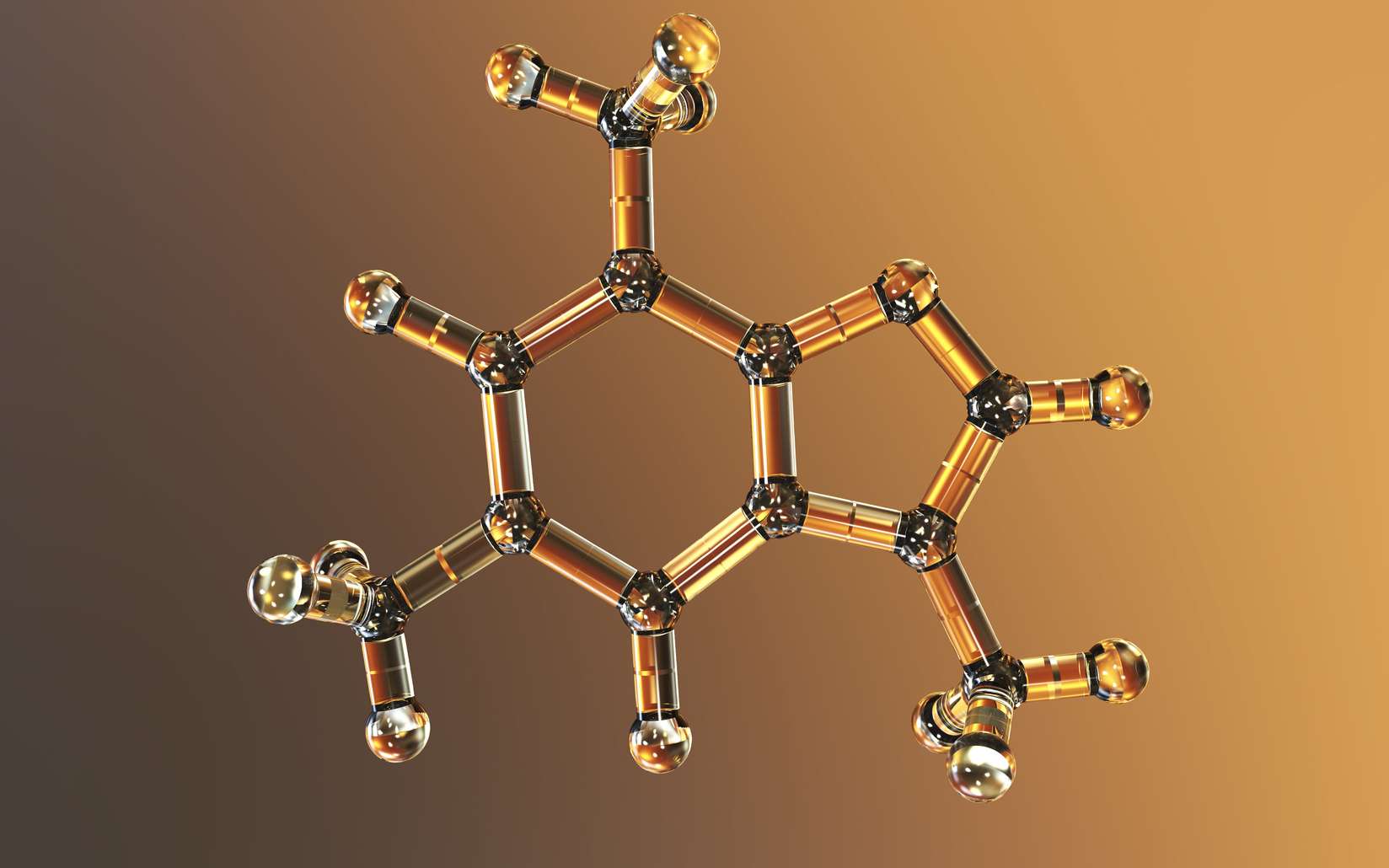

If you’re looking for less caffeine in your coffee, try a medium or dark roast and brew it a little lighter than normal. However, it depends on how strong you brew your coffee, how much you drink, and the quality of the coffee beans. The amount of caffeine usually depends on the type of roast, with lighter roasts usually having more caffeine per cup than darker roasts. Contrary to the name, decaf coffee still contains trace amounts of caffeine. Image Credit: Dominika Roseclay, Pexels Types of Coffee that Contain CaffeineĬoffee beans naturally contain coffee, even if they’re decaffeinated to “remove” the caffeine. Theine also has a much less significant crash than caffeine, so you may want to try a cup of tea in the afternoon instead of a cup of coffee.

Tea contains less caffeine than coffee (coffee has almost 2x the amount of caffeine) per cup, so the slower absorption of theine will result in better mental focus over a longer period of time. While there might be some reasons to choose coffee over tea, there are plenty of times that a cup of tea that contains theine is the better option. While it may be “safe” to drink coffee and caffeine, keep in mind that these side effects could possibly lead to other more serious health issues. Jitters, anxiety, insomnia, paranoia, excessive sweating, elevated pulse, high blood pressure, and caffeine dependency are some of the most common side effects of caffeine. Many times, coffee drinkers that have had one cup too many will experience adverse effects. Side Effects of CaffeineĪlthough caffeine is deemed safe in virtually every country, caffeine can have some fairly serious side effects. The result is a type of “bell curve” effect, where the user will get a fairly large spike of energy, only to crash hours later. Coffee doesn’t contain nearly as many polyphenols, so there’s nothing to slow down the absorption of the caffeine in the bloodstream. The caffeine in coffee will hit the bloodstream almost immediately, causing a surge of energy or alertness within a half-hour of drinking it. How Much Theine is in Tea?Ĭoffee contains around 80-95 mg of caffeine per cup, which is a lot higher than the caffeine (theine) content of tea. It can help you focus better throughout a particularly difficult task but it won’t give you that big boost of energy that a cup of coffee might. The result is a more leveled dose of caffeine over a period of time, rather than a spike of energy that leads to an eventual crash. Besides possibly slowing down the aging of the skin, the polyphenols slow down the absorption of caffeine (theine, in tea lingo) and release it into the bloodstream over a period of around 4-5 hours. Tea leaves contain polyphenols, which are naturally occurring antioxidants that are responsible for quite a few different effects. Image Credit: Pixabay Theine and Polyphenols The difference lies in the other active components in the tea leaves, which cause a different stimulating reaction than coffee. But what exactly is theine? Surprisingly, as we mention above, theine and caffeine are the same chemical compound. While it’s always been known that tea can be handy to focus the mind, the discovery of caffeine and theine is fairly recent. Tea has been widely consumed for centuries, whether for a calming or stimulating effect. When used this way, it indicates agreement or an affirmative response (equivalent to yes).NOTE: Theine and theanine are not the same! Theanine is an amino acid and has completely different effects than theine. Sometimes, quite is used as a sentence substitute, meaning it can be used in place of a sentence, usually in response to something.
#Theine definition free#
(Feel free to take it as a compliment either way.) However, quite can also mean “somewhat.” If someone says you’re quite intelligent, it may be unclear whether they’re saying you’re very intelligent or pretty intelligent (for your age, for example). It can also be used in ways that emphasize that something is considerable or exceptional, as in quite a lot or that was quite the adventure. Quite can mean “completely” or “entirely,” as in quite the opposite or not quite done yet. It is often used to add some kind of emphasis, but sometimes it is used to do the opposite, so it can be quite confusing unless you can use the context of the sentence to figure out which meaning is intended. Quite has quite a few slightly different meanings. It comes from a Middle English term that meant quit, and it is related to both quit and quiet. Evidence for the usage of quite in English is first recorded in the first half of the 1300s.


 0 kommentar(er)
0 kommentar(er)
